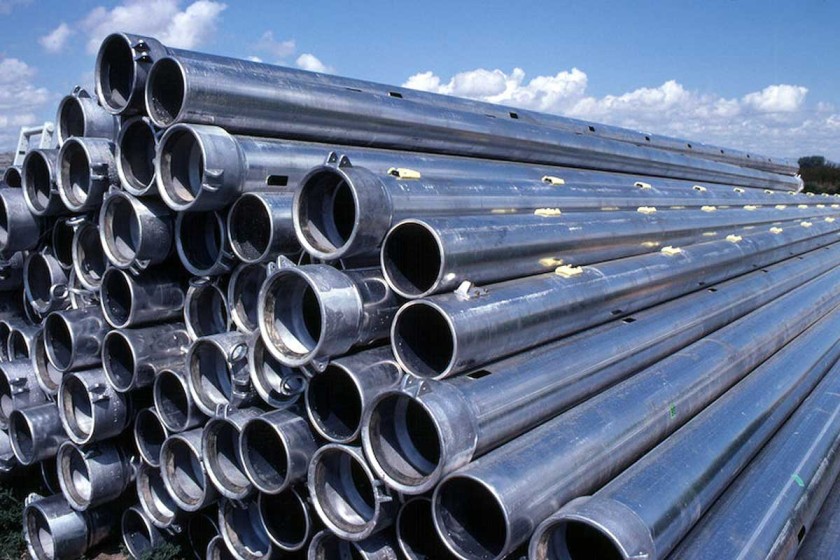India–US Trade Tensions Rise Over Steel and Auto Tariffs NMDC Limited reports a 38% drop in Q4 FY24 consolidated net profit RINL to Raise $23 Million Through Land Sales Amid Crisis

Chinese steelmakers are facing issues of declining domestic steel demand and potential threats to their expanding export market. Due to the prolonged real estate crisis that hasn't yet reached its lowest point and the slowing development of infrastructure demand following the order for 12 debtor regions to halt certain projects, China's steel consumption is projected to fall again this year.
China's Metallurgical Industry Planning and Research Institute (MPI) estimates a 1.7% decline in steel demand this year after a 3.3% decline in 2023. China’s steel exports increased by more than a third last year to the highest level since 2016, up to 90.26 million tonnes. The volume of supplies to the United States in the period decreased by 8.2% y/y – to 598 thousand tonnes. They account for less than 1% of China’s total steel exports worth $85 billion in 2023.
China ranks only seventh among the largest steel suppliers to the United States, which softens the blow from Joe Biden’s proposal to increase tariffs on certain types of steel and aluminum products by up to 25%. Analysts note that this is unlikely to have a major impact, as the main destinations for Chinese steel exports are Japan, South Korea, and the Middle East.
Chinese steel producers and traders are on track to match or surpass last year’s export volumes. Domestic information provider Lange Steel raised its forecast for 2024 to more than 100 million tonnes after the release of March figures.
However, protective measures against Chinese steel are also being strengthened. A report by a Chinese research agency shows 112 country applications for anti-dumping and anti-subsidy measures against steel products from China in 2023, which is about 20 more than in 2022. David Kasho, research director at Wood Mackenzie, notes that the company’s analysts expect more trade disputes this year.
Exports are also vulnerable to uncertainty arising not only from trade disputes, but also from growing overseas supply and the likelihood that Beijing will impose production restrictions.
According to Luo Tijun, vice chairman of the China Iron and Steel Association (CISA), the country’s steel industry is facing a contradiction – strong supply potential and declining demand. The key to solving the problem is for the leading producers to take the lead in keeping production rates in line with market demand.
At the same time, according to Fastmarkets, China’s return to steel production regulation in 2024 is changing the dynamics of the value chain. In particular, some sources in the domestic rolled steel market were skeptical about price support from this move, believing that the cost of iron ore, coking coal, etc. plays a more important role in this process.
Some market participants believe that a correction in steel production or official signs of it will finally reduce demand and prices for raw materials in the industry. In the first quarter of 2024, Chinese steelmakers reduced steel production by 1.9% compared to the same period in 2023, to 256.55 million tonnes. In March, steel production in the country fell by 7.8% y/y – to 88.27 million tonnes.
Also Read : Copper drops on firmer dollar, rising inventories in China Steel Trade Heats Up in 2024 with Global Exports on the Rise